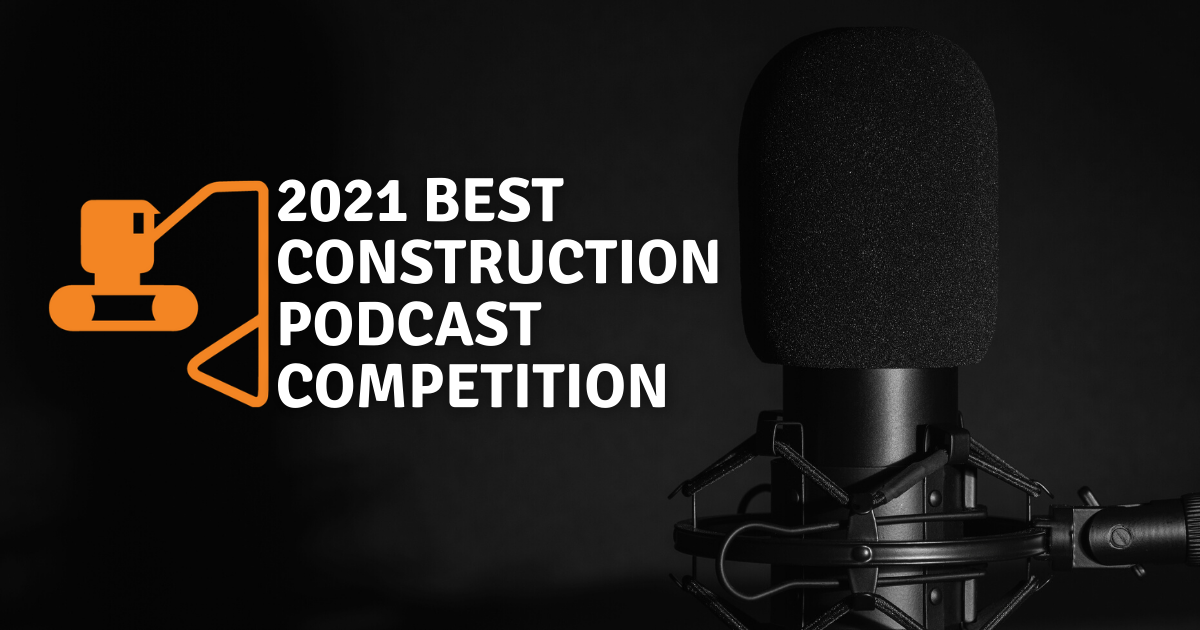A couple of years ago, we shared a video of Fastbrick Robotic’s Hadrian 105, a brick-laying robot built for proof of concept. In a true testament of how long the development of computer-model based commercial robotics takes to develop, the company’s commercial robot model, the Hadrian X, has finally reached a goal that has been sought after since 2015: Building a 3-bedroom, 2-bath home in 3 days.
The Australian-based Fastbrick Robotics, or FBR, met its 3 year old goal at their indoor test facility, they announced in mid-November. Prior to attempting the 3-bedroom, 2,000SF home, the Hadrian X was put through tests on 3 different types of structures as part of its factory testing:
A two-course structure with various brick sizes, cuts, and configurations
An 11-course structure to demonstrate the ability to build from slab to cap height
A two-room structure, which was built from a 3D CAD model and met the accuracy requirements
After successfully completing the full home structure, which only block laying, a civil and structural engineering group determined that the structure met all relevant building standards, according to the company’s press release. You may notice in the video below that the blocks are not placed in a typical bed of mortar, as the company has opted to use specifically formulated construction adhesive.
The next step in the company’s plan is to begin selling the robot.
“We now have the world’s only fully automated, end-to-end bricklaying solution, with a massive market waiting for it. We will now take everything we’ve learned to date in the Hadrian X program and make some refinements ahead of bringing both Hadrian X robots back to our High Wycombe facility for demonstration to key commercial stakeholders. We now begin the next exciting phase for the Company, as we execute our global commercialization strategy to capitalize on the significant demand for our technology,” said FBR CEO Mike Pivac, in a press release.
Check out the robot in action below:
Full story: First Full Home Structure Built with Hadrian X | ASX











In the midst of fierce discourse over the bipartisan infrastructure bill lies a unique opportunity for the United States.